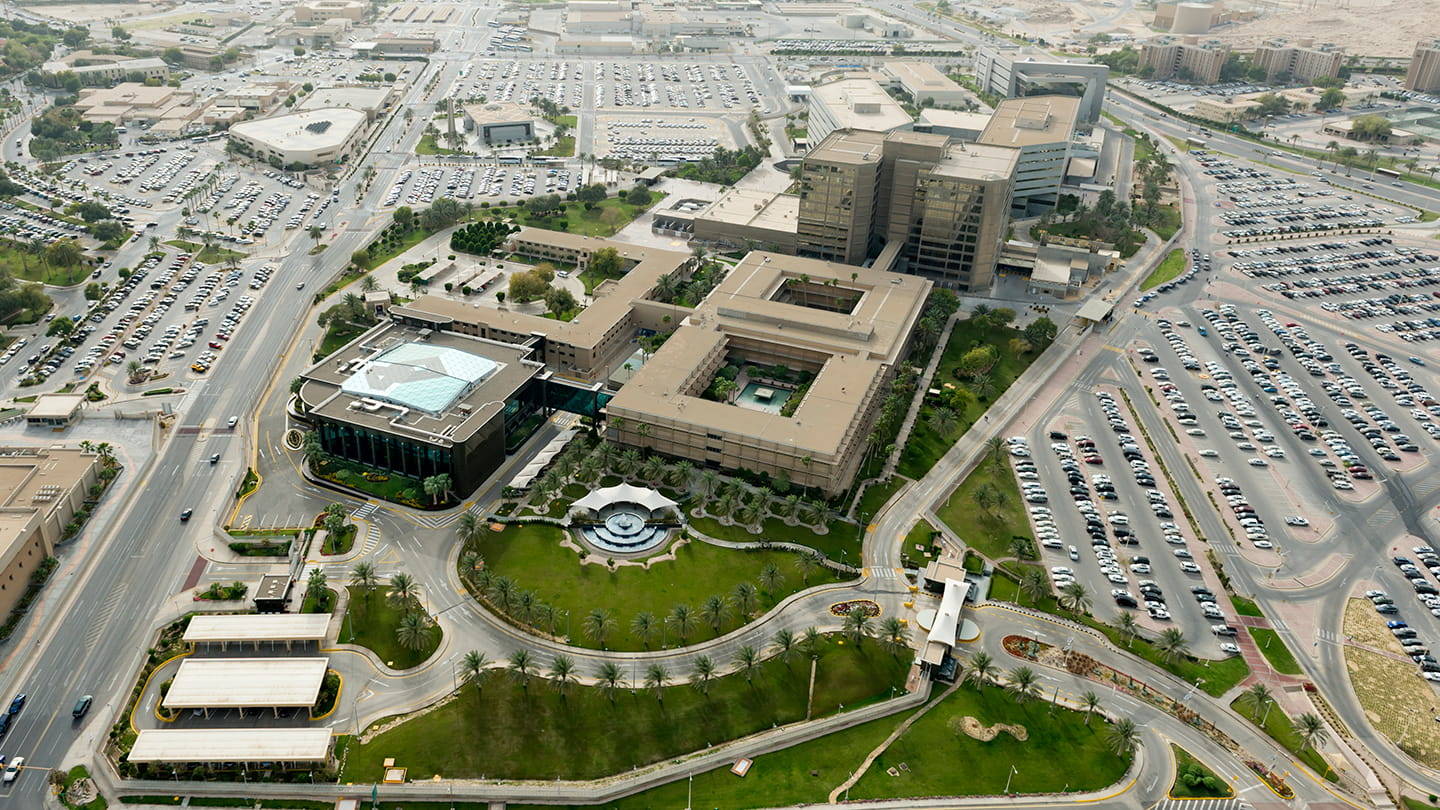
About Aramco
We're a leading producer of the energy and chemicals that drive global commerce and enhance the daily lives of people around the globe by continuing delivering an uninterrupted supply of energy to the world.
Our resilience and agility has built one of the world's largest integrated energy and chemicals companies. And we are part of the global effort toward building a low carbon economy.
Our horizon has never been clearer.
Our perspective
We believe in the power of energy to transform lives, enhance communities, and advance human progress.
With the global population forecast to increase by two billion over the next 25 years, even more energy will be required to meet rising demand. It will take all available sources of energy to fill this need — both legacy and alternative sources. And while alternative energy sources are steadily making advances, they will not be capable of meeting future demand alone. Even as we transition to a low emissions global economy, hydrocarbon-based energy sources will be counted on to meet the bulk of the world’s energy demand well into the future.
We’re committed to driving energy efficiency and addressing the global emissions challenge. And as one of the world's largest integrated oil and gas companies, we believe we are exceptionally qualified to make effective contributions to the overall solution.
We have already demonstrated the potential of technology to reduce emissions from both mobile and stationary sources. We are also capturing emissions and turning them into useful industrial products and manufacturing feedstocks that boost economic growth and job creation.
At Aramco, we are proactively doing our part to reliably, and ever-more-sustainably, provide the energy products that enable people to seize opportunities that can transform our world.
Where we're going
We're explorers at heart. That drive to uncover the next frontier or solve the next great problem lies at the heart of our determination to succeed — and has allowed us to build one of the world's most important energy and chemicals enterprises.
To help ensure optimal future performance, we are focused on delivering greater value, creating additional organizational resilience, enabling continued growth, and developing future-proofing technology solutions.
Over the next decade, we expect to continue making significant investments in our upstream operations. These strategic investments are designed to help reinforce our preeminent position in oil, maintain our maximum sustainable production capacity, and allow us to carry out an exploration and production program focused on finding and developing conventional and unconventional gas resources.
Downstream, we are pursuing a strategy to grow our non-crude oil businesses and pursue tighter integration across our upstream and downstream operations. We see product diversification and global integration as a means to strengthening our portfolio resilience and delivering additional revenue streams for the company.
We employ a wide range of capital efficiency practices to help lower capital costs and improve productivity, supporting the financial health of our company in various operating scenarios. Focusing on our underlying cost structure helps give us the tools we need to meet our goals of greater efficiency and cost competitiveness – without compromising on safety or our commitment to protect the environment.
We also plan to leverage the power of innovation and technology to reduce emissions, making our production and use of oil and gas exceptionally clean.
From engineering mega projects to creating industry-changing technologies to launching innovative new products, one of our key competitive advantages has always been our relentless drive to succeed by maximizing the long-term, positive impacts we enable from our resources.



